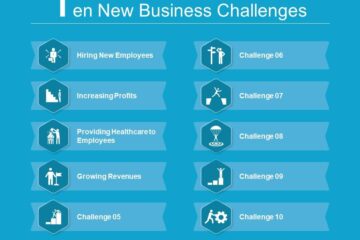As earnings season shifts into high gear next week in what is expected to be the weakest U.S. quarterly results reporting period since 2009, the hope among some is that this is as bad as it’s going to get.
The U.S. earnings recession that began in the third quarter of 2015 is expected to continue until the second quarter, with profits slated to fall 2.2 percent – not as bad as the nearly 8 percent drop expected in the first quarter.
Reporting ramps up next week, with results from top tech names Alphabet International Business Machines and Intel ,as well as a host of consumer names including Starbucks , Yum Brands and Coca-Cola Co. .
Cautiously optimistic strategists are pointing to the modest rebound in oil and other commodity prices, a softening dollar and slow-but-steady growth in the U.S. economy as reasons to expect an improvement in earnings.
The first quarter, should it come in as expected, would mark a third straight quarterly decline in earnings and a fifth straight fall in revenue. Going forward, year-over-year comparisons should improve, said Richard Bernstein, chief executive and chief investment officer at Richard Bernstein Advisors in New York.
“All it takes is you just don’t replay 2015,” said Bernstein, who thinks the low point of the profit downturn may have been at the end of last year, based on trailing four-quarter data. He is overweight sectors he considers sensitive to the profit cycle – energy, materials, financials and technology.
U.S. oil prices, at around $40 a barrel, are well off their mid-February lows near $26, while the U.S. dollar index .DXY is down 3.7 percent from a year ago and U.S. unemployment is now near an eight-year low.
A turnaround in profits would blunt one of investors’ biggest worries, an ongoing weak earnings cycle. The S&P 500 has recovered from a sharp early-year selloff and is up 1.8 percent year to date, while its price-to-earnings ratio is above its long-term average.
Still, the market is 2.5 percent below its May 2015 high, and there are plenty of concerns keeping investors from becoming too upbeat at this point. Just 28 percent of investors surveyed this week by the American Association of Individual Investors expect higher stock prices in the next six months, below the long-term average of 39 percent.
Analysts currently project a 7.8 percent decline in first-quarter earnings, according to Thomson Reuters data, and Goldman Sachs analysts say forecasts are still too optimistic.
“Company guidance for Q2 is likely to be negative, leading to lower EPS forecast,” they wrote in a research note. They noted that about 20 percent of S&P 500 companies tend to report forward guidance, and the percentage of companies lowering expectations has increased over time, hitting 83 percent during the final three months of 2015.
“We expect negative 2016 full-year EPS revisions will continue as managements once again issue negative warnings guidance for the new quarter,” they wrote.
Also worrying some investors, cash flow has declined for S&P 500 companies in the past year, making it harder for them to buy back shares. Buybacks help boost earnings numbers on a per-share basis.
One narrow bit of optimism: analysts’ negative revisions in estimates may be bottoming out. Estimates for the first quarter dropped by 3.1 percentage points from the beginning of December to mid-January, but estimates for the second quarter fell just 0.9 points from March 1 to now, Thomson Reuters data shows.
“We don’t believe we’re likely to see an inflection in earnings (in the second quarter), but the overall rate of change is more likely to moderate,” said Eric Wiegand, senior portfolio manager at U.S. Bank’s Private Client Reserve.
[Source:- Reuters]



